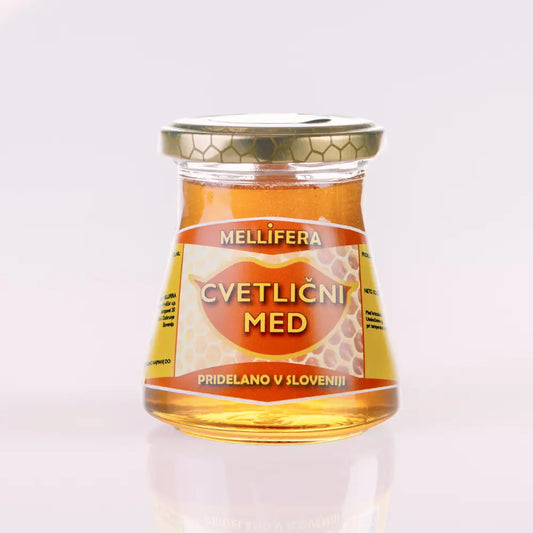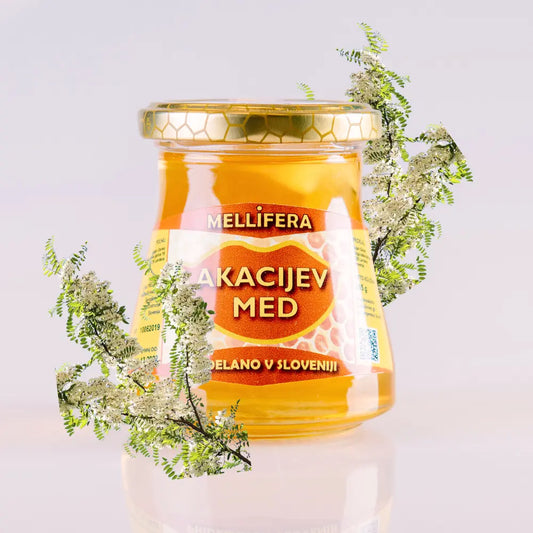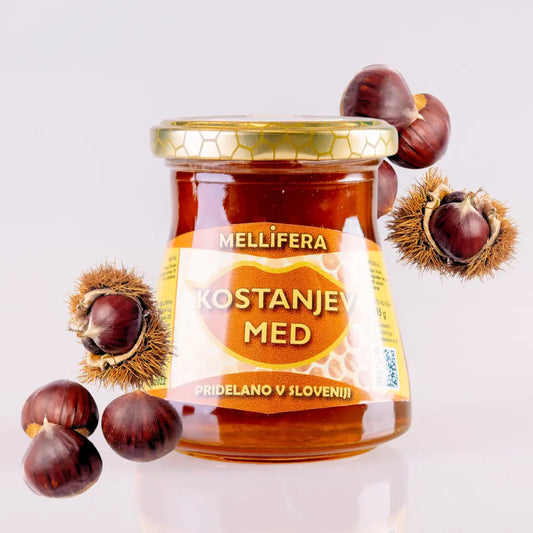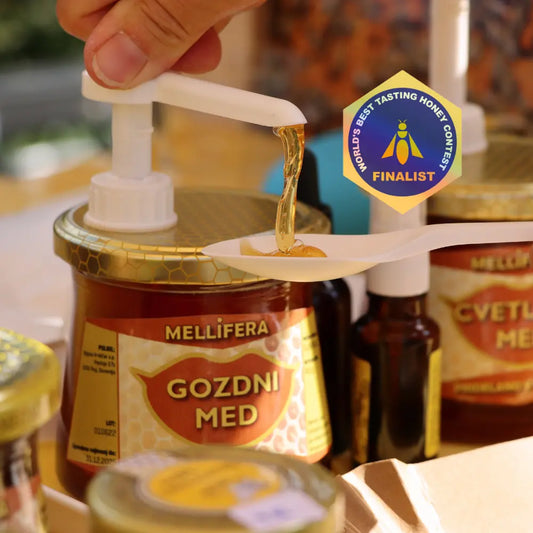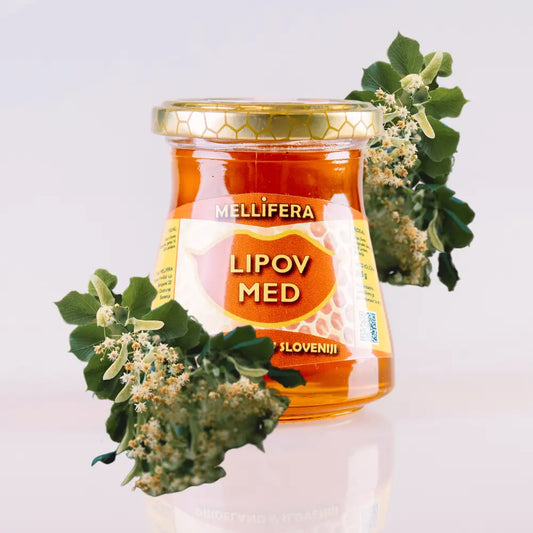
Have you ever opened a jar of honey and found it has gone grainy? Don't worry, this is not a sign that your honey has gone bad or is no longer safe to eat. In fact, the opposite is true!
Crystallized honey is a completely natural process that occurs when the glucose in honey begins to form crystals. Some people even prefer the texture of crystallized honey because it spreads more easily and adds a little crunch to the toast.
The best part? Crystallized honey is a surefire way to know you're getting pure, unadulterated honey. Unlike processed honey, which you can mix with water or corn syrup, pure honey does not contain additives or chemicals that can harm your health.
So the next time you come across a jar of crystallized honey, don't heat it at all. Embrace the natural process and enjoy the delicious goodness of pure honey that awaits you.
Why does honey crystallize?
Honey is a supersaturated – meaning low water content – solution of mainly glucose and fructose. Eventually, the sugar will separate from the water, causing the honey to crystallize. This natural process can even happen inside the hive!
There are three things that make your honey more likely to crystallize:
- Temperature
- The relationship between glucose and fructose
- Pollen
Here's an in-depth explanation of why your honey is crystallizing, and keep reading to learn what to do about it.
Temperature
Low temperatures play a big role in the crystallization of honey. Store honey in a cupboard or pantry to slow the crystallization of the honey.
The relationship between glucose and fructose
The origin of the nectar not only affects the taste, aroma and texture of your honey, but also the likelihood of honey crystallization. The nectar origin of the honey determines the percentage of glucose and fructose in the honey.
Honey with higher amounts of glucose will crystallize faster than honey with high fructose sugars. This is also why low-quality "honey" will remain liquid; many producers will mix their honey with artificial high fructose syrups.
Pollen
Pure, raw honey will contain traces of bee pollen. Bee pollen has many health benefits and is used to test where your honey comes from. Crystallization occurs more quickly in pure, unpasteurized honey, where there are pollen particles on which the sugar accumulates.
How to fix crystallized honey
If you prefer liquid honey to crystallized honey, don't worry, you can easily return it to its original liquid state. One of the best ways to do this is to use warm water. Simply fill a heat-proof container with warm water and place a jar of honey in it until it liquefies again.
It is important to know that you should avoid using hot water or cooking honey in a microwave oven, as this can destroy the beneficial enzymes contained in it.
Whether you like your honey in liquid form for drizzling over yogurt or crystallized for spreading on toast, using high-quality, pure honey is key to ensuring all the benefits this natural wonder has to offer.

